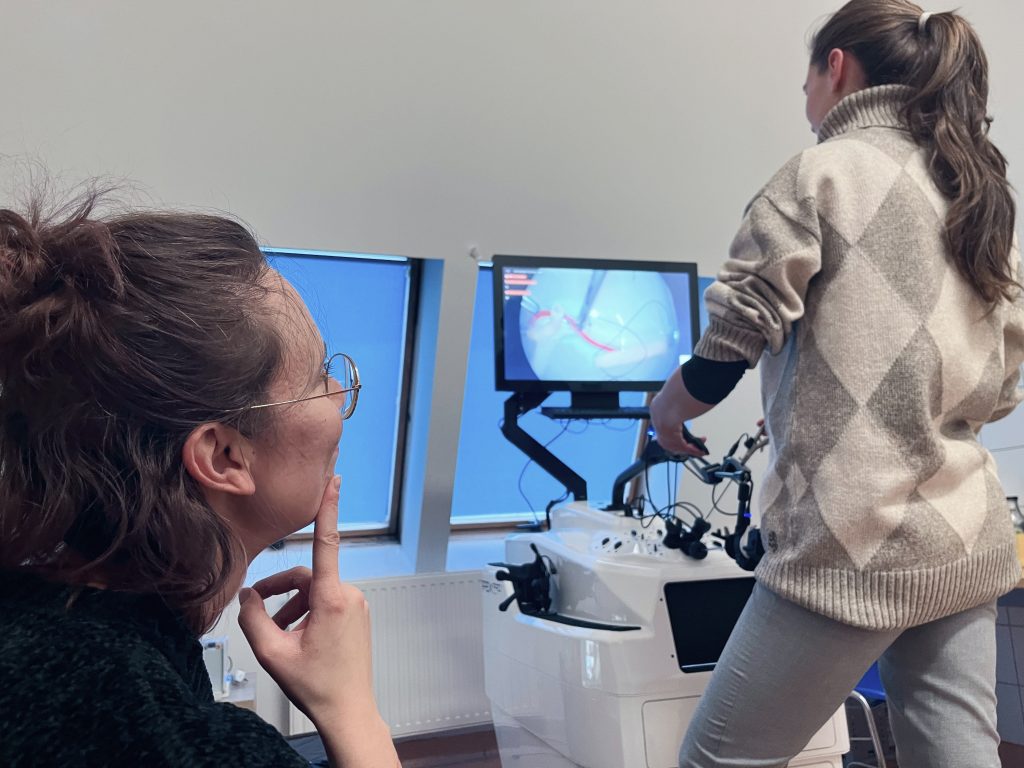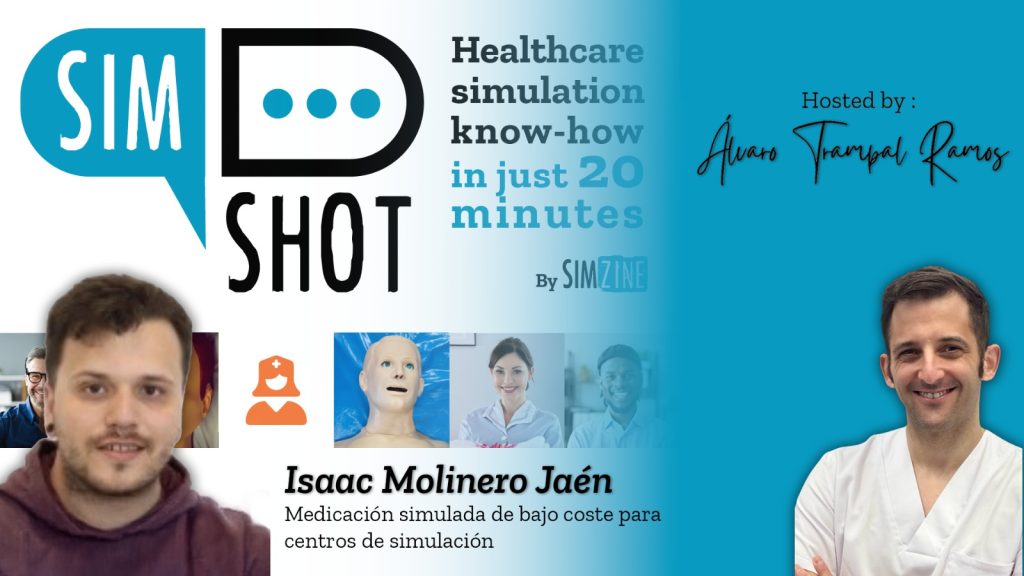Apex Pro features a hybrid approach to laparoscopic surgery simulation. And its use revealed important findings about novice and experienced surgeons’ training preferences.
Content written in collaboration with Laparo
The path to professional excellence can be a bit like a lifelong pilgrimage to the peak of a distant mountain. It can be difficult to predict the challenges that the road will bring on the way. The only thing you really know is that your goal could be many years or even decades away. This is something we see in ourselves in our work with surgical simulation. And it is something we saw recently, in January 2023 with the team of pediatric surgeons in Wroclaw (Poland).
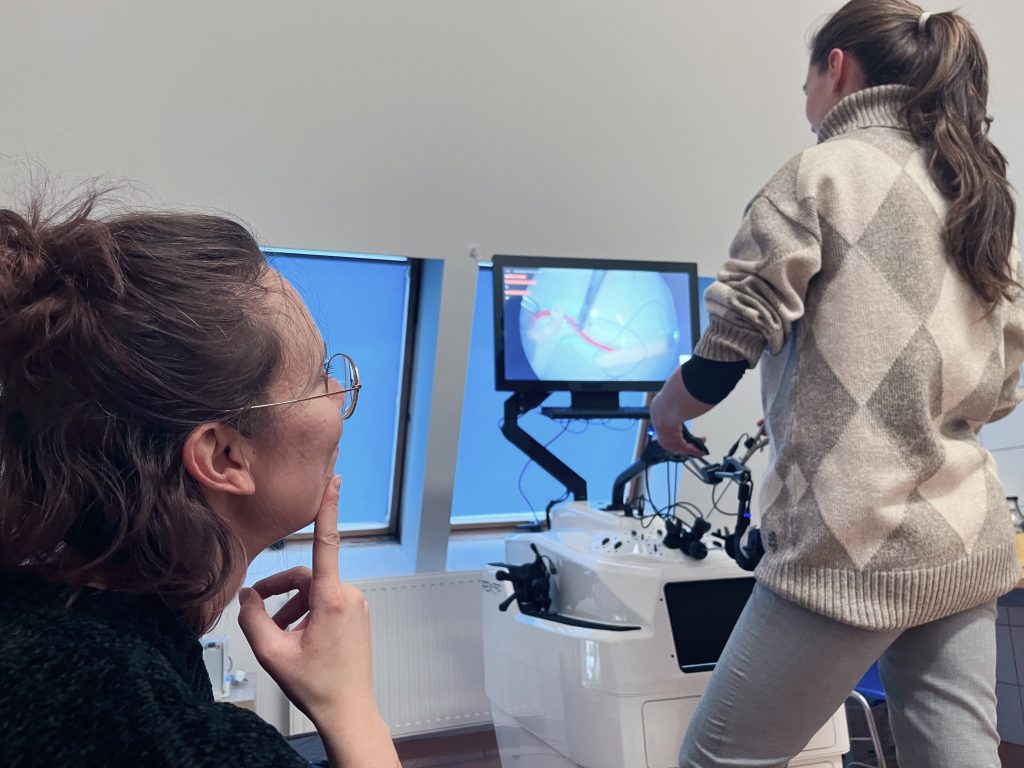
In our time at the hospital we presented surgical trainees with Apex Pro. What differentiates our device is that it features a hybrid approach. Apex Pro includes both virtual simulations of procedures and exercises with physical modules. This hybrid approach to teaching could be a revolution to surgical simulation training. It provides a great alternative to the existing virtual reality training systems and methods.
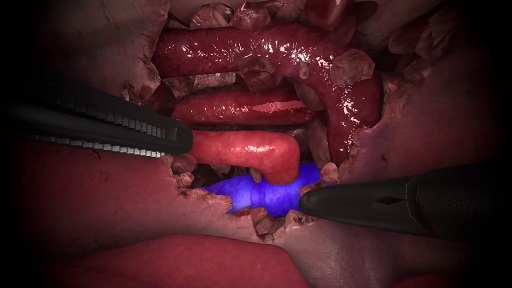
Pediatric surgeons often spend half their careers waiting to perform certain procedures. The stakes with pediatric patients are so high, that it is usually only the most experienced specialists who are allowed to perform them. This creates a gap. Experienced surgeons in the middle of their careers become frustrated when they realize that they have so much further left to go. They realize that they are expected to sit and watch until it is finally their turn.

Product Manager
Laparo Sp. z o.o.
Laparoscopic surgery is a beneficial approach to surgical interventions for pediatric patients. It reduces the amount of post-operative pain and scarring. It also allows for quicker recovery and is less traumatic. Children simply get to return to being children sooner. However, laparoscopic surgery is also difficult to train for surgeons. It requires a high level of precision and manual dexterity. The approach also requires the use of specialized instruments. And these are even smaller than the ones found in standard adult laparoscopic procedures. This is made even more difficult as the surgical procedures themselves are complex.
In our time at the hospital with the team we learned several important facts about pediatric surgeons and simulation that we wanted to share here:

Business Development Director
Laparo Sp. z o.o.
Experienced surgeons prefer to train alone rather than with a team. They know what they want to do: these surgeons preferred our silicone procedural inserts and modules. They found them more rewarding than our virtual reality experiences. The experience gave them the opportunity to practice the maneuvers they already use in the operating room.
Younger, less experienced surgeons found virtual reality to be more useful. Especially for learning the structure and anatomy of a procedure. The procedural silicone models had a lower utility for novices because their skills were not as developed. Virtual reality gave inexperienced surgeons a chance to refine their knowledge. They developed an improved understanding of the different aspects of the procedure.
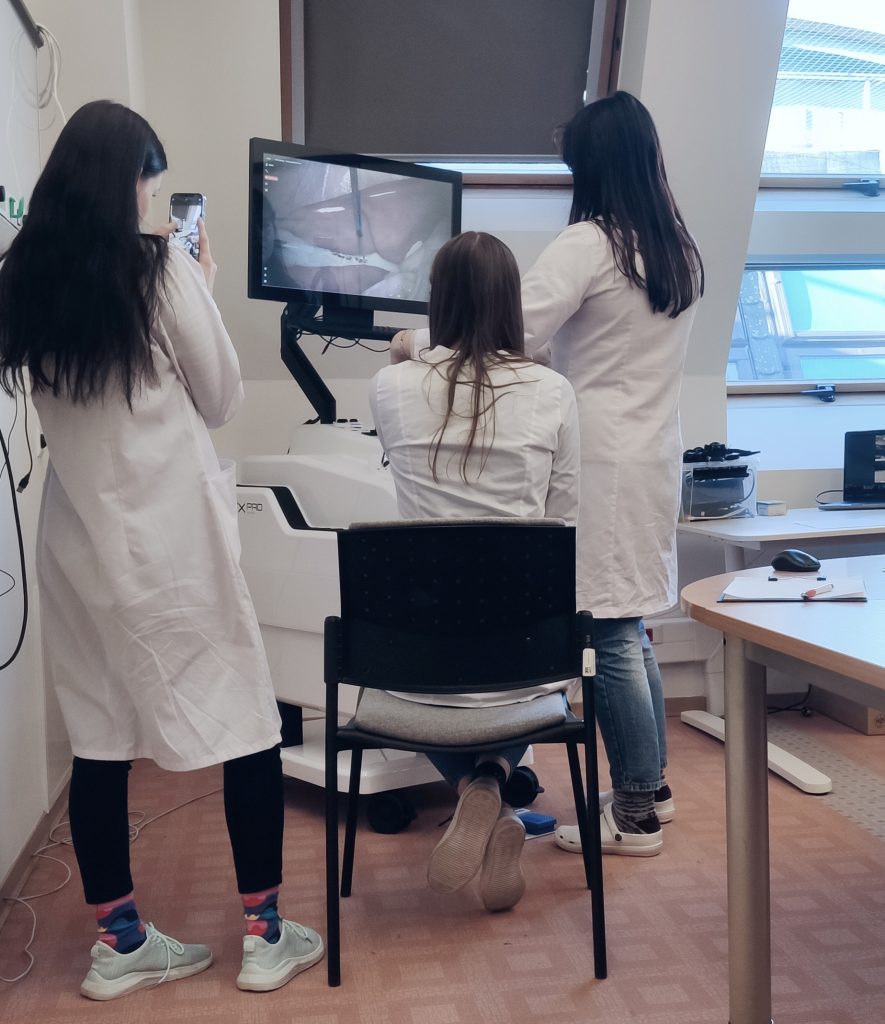
Virtual reality experiences are far better for training teamwork. Especially for the novices, although this was found to be true for both advanced and less experienced surgeons. Virtual reality gives them the opportunity to practice working together. It allows them to make decisions together, communicate more effectively. It also allows them to practice different situations and scenarios that they may not have been exposed to in the operating room.
Real touch module-based exercises are perfect for developing individual psychomotor skills such as suturing and instrument handling. Those are appreciated both by experienced surgeons and trainers. The virtual procedure scenarios on the other hand, are perfect for improving teamwork dynamics. And they also help develop a deeper understanding of specific surgical procedures. The generation of new surgery entrants take this kind of training with enthusiasm. This hybrid approach delivers the best of both worlds to trainees and trainers.
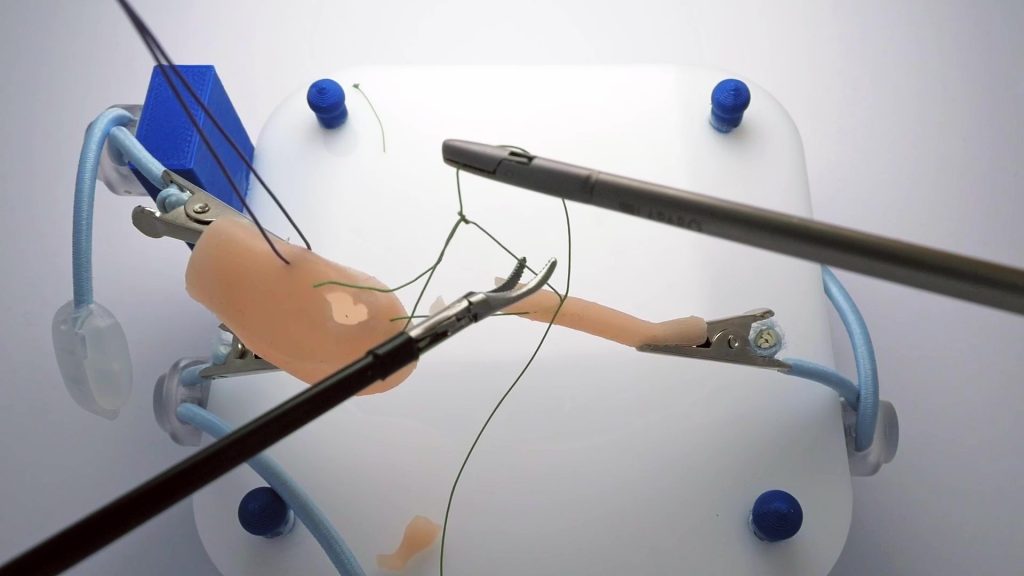
In our work on our device, we see that the peak remains distant. Simulation for pediatric laparoscopic surgery is still a niche. But the potential cannot be understated. Whether it be through the use of silicone models, virtual reality, or team-work training, simulation can provide invaluable experience and knowledge to help surgeons become the best they can be before they have to carry all of the responsibility on their shoulders. Through simulation training, surgeons can gain the confidence and expertise they need to succeed in the operating room.
READ ALSO



